In the fast-paced world of manufacturing, maximizing efficiency and precision is crucial for staying competitive. One of the most significant advancements in this domain has been the introduction of the liquid filling machine. These machines have revolutionized production lines across various industries by not only enhancing accuracy but also streamlining operations. When it comes to filling liquids, whether in the food, beverage, pharmaceutical, or cosmetic sectors, the right liquid filling machine can make a profound difference. With modern technology, these machines are designed to handle a wide variety of containers and liquids with ease, offering solutions that meet diverse production needs. This introduction to the types of liquid filling machines will explore how they can transform production processes, improve productivity, and ensure consistency and quality in every fill.
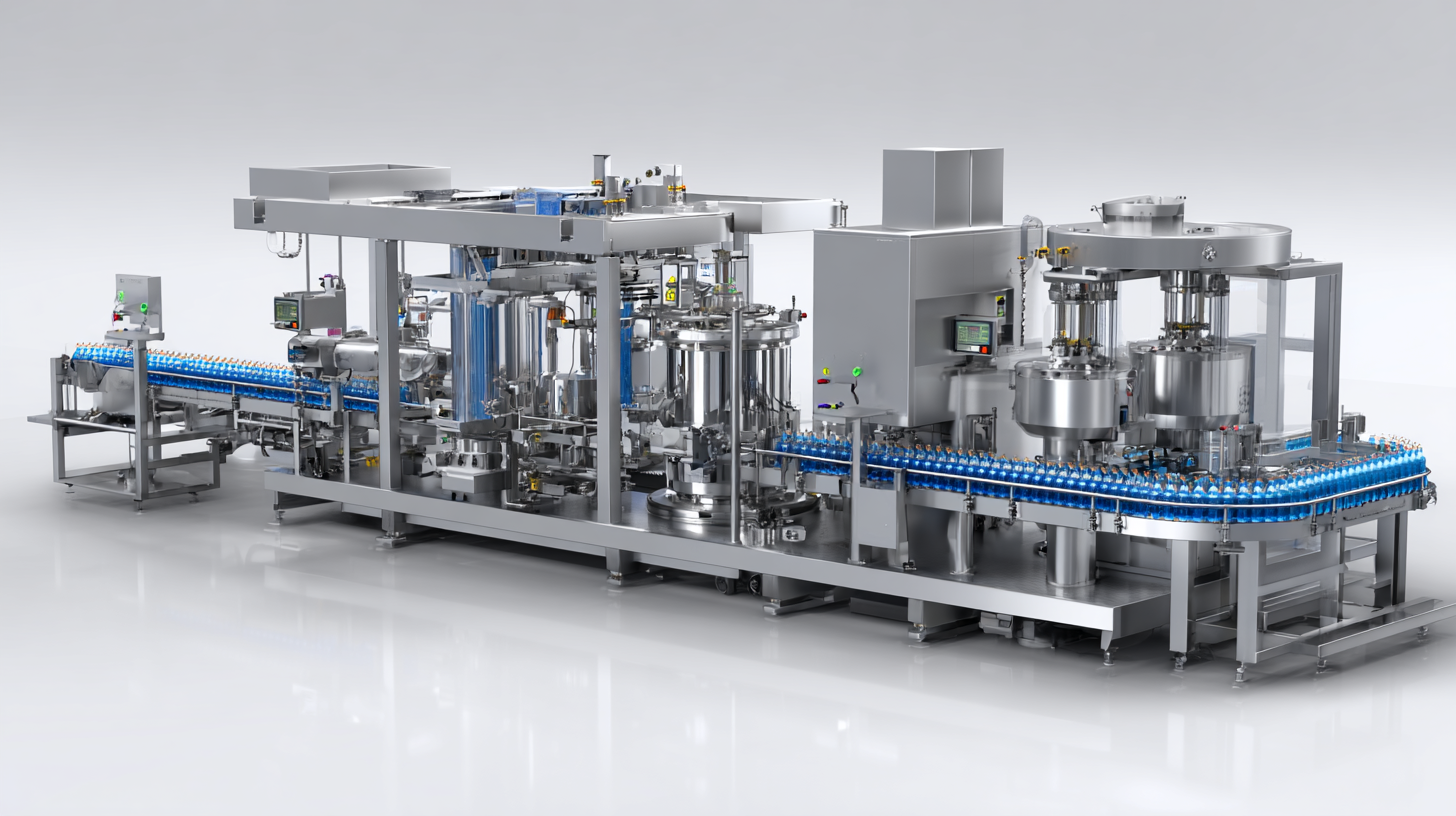
In today's fast-paced manufacturing environment, modern liquid filling technology is transforming workflows and enhancing efficiency across various industries. According to a report by Grand View Research, the global liquid filling machine market is projected to reach USD 8.3 billion by 2025, growing at a compound annual growth rate (CAGR) of 6.2%. This increase reflects the urgent need for automated solutions that can streamline production processes and reduce labor costs.
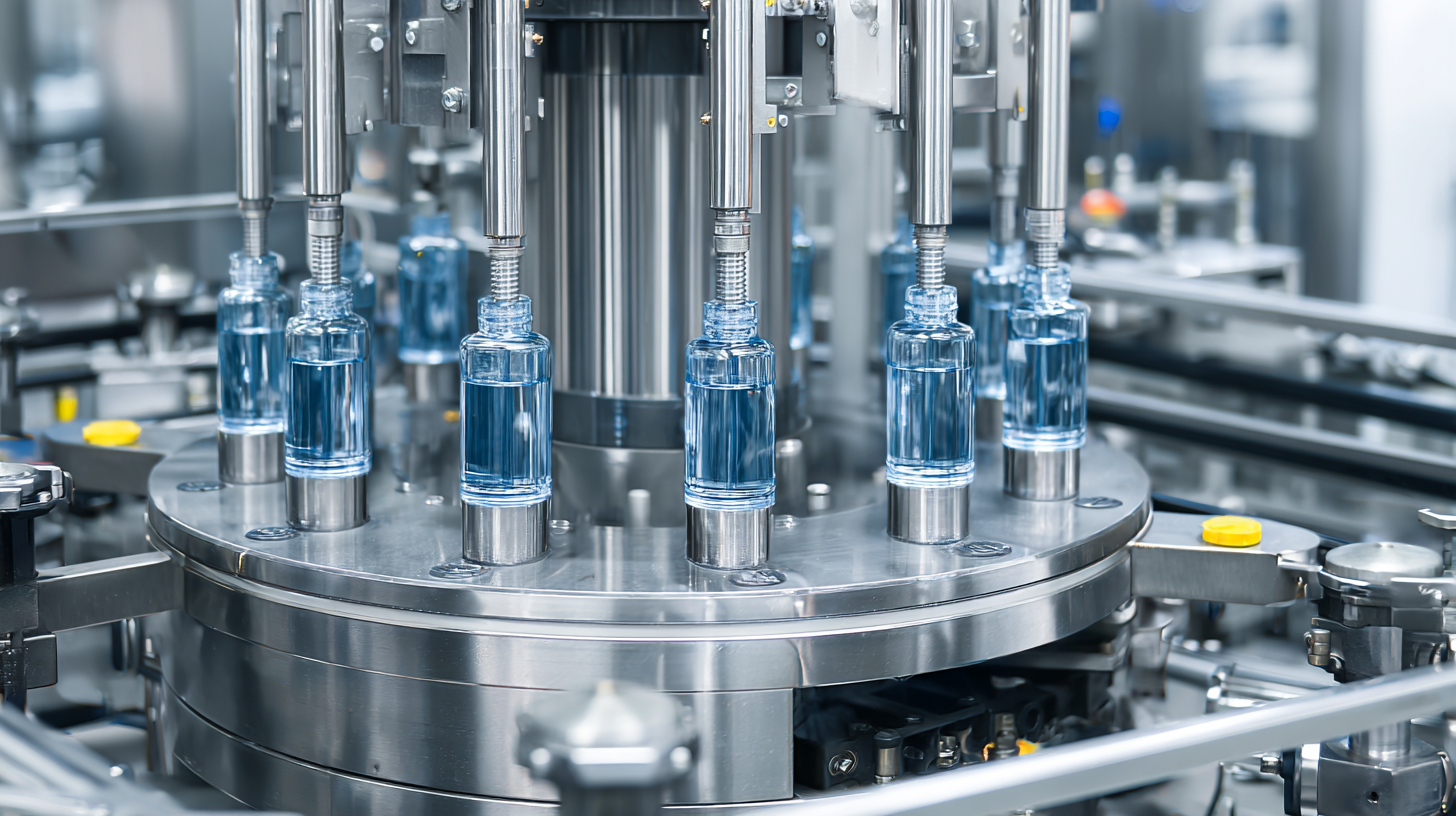
Implementing contemporary liquid filling machines can significantly lessen operational bottlenecks. For instance, advanced systems equipped with sensors and automation can achieve filling accuracy of up to 99.5%. This precision minimizes waste and maximizes output, enabling companies to meet increasing consumer demands without compromising quality. Additionally, with features such as quick changeovers and versatility in handling different liquid types, manufacturers can improve overall productivity while maintaining flexibility in production lines. With these technological advancements, businesses are better positioned to adapt to market changes and optimize their operations.
When selecting a liquid filling machine for your production line, it’s essential to focus on key features that enhance efficiency and ensure product quality. One of the most crucial aspects is accuracy. A top-notch liquid filling machine should provide precise filling capabilities, minimizing waste and ensuring that each container is filled to the correct level. Look for machines that employ advanced technology, such as servo motors and weight-based filling systems, which improve precision over traditional volumetric systems.
Another important feature to consider is the machine's flexibility. Modern liquid filling machines should accommodate a range of container sizes and types, from bottles to pouches. This versatility is essential for businesses that offer a variety of products and need to adapt to changing consumer demands quickly. Additionally, hygiene and ease of cleaning are paramount, especially in industries such as food and pharmaceuticals. Selecting a machine made from stainless steel with easy disassembly can significantly reduce downtime during cleaning, promoting a safer and more efficient production environment.
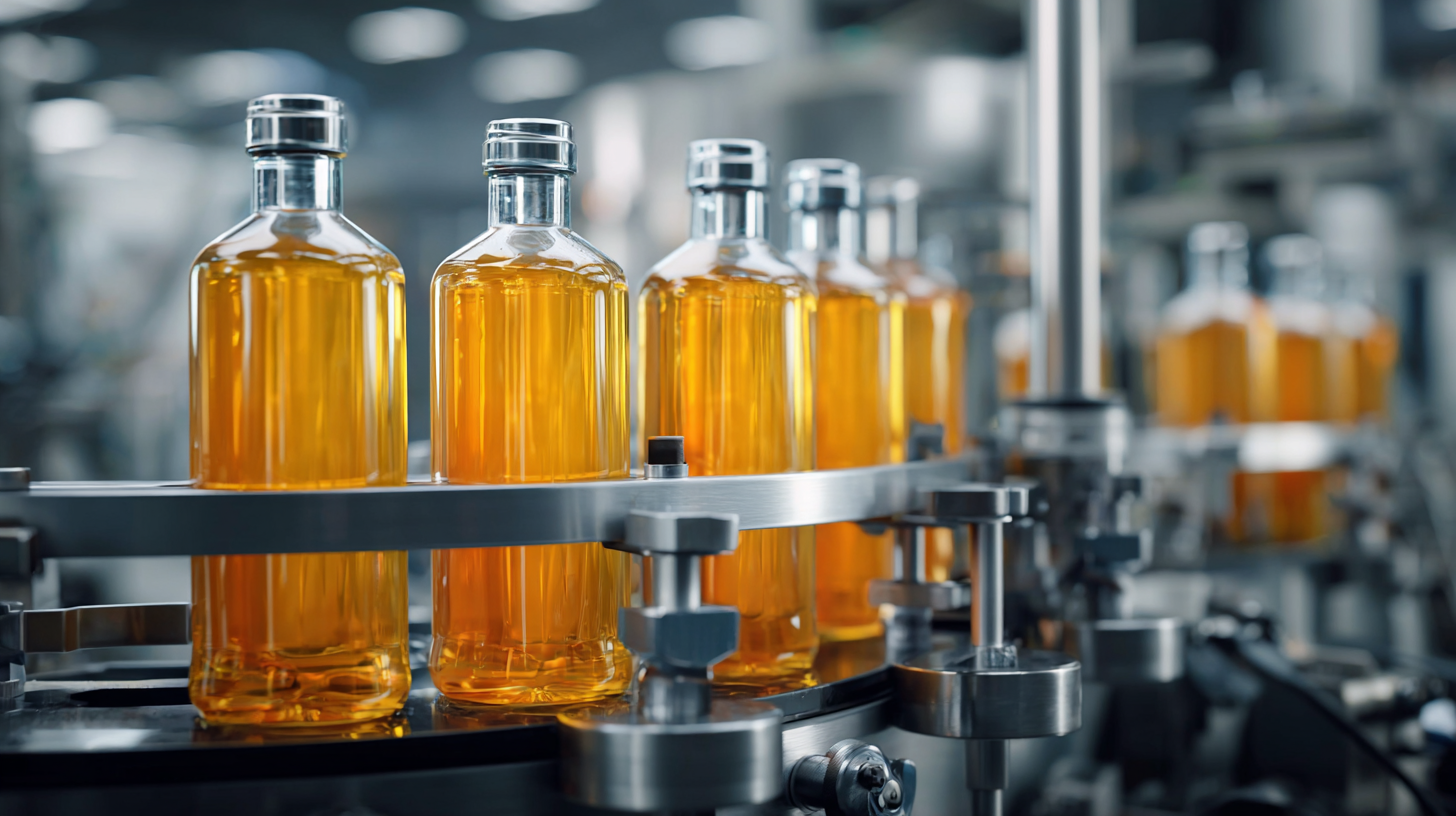
In today’s competitive market, the efficiency of liquid filling operations is paramount. Automation has emerged as a game-changer, allowing manufacturers to streamline their production processes significantly. According to a report by MarketsandMarkets, the global liquid filling machines market is projected to grow from $4.1 billion in 2021 to $6.2 billion by 2026, reflecting a robust annual growth rate driven by the increasing demand for automated solutions. This growth underscores the urgency for businesses to invest in advanced filling technologies that enhance efficiency and reduce operational costs.
Implementing automated liquid filling machines can yield significant improvements in production speed and precision. Industry studies indicate that automation can increase filling speeds by up to 50%, while minimizing product wastage and ensuring consistent quality. For instance, automated systems can achieve accuracy levels of ±0.5%, a crucial factor for meeting stringent regulatory compliance in sectors such as pharmaceuticals and food and beverage. With automation, businesses can not only enhance their operational efficiency but also improve worker safety by reducing manual handling, allowing staff to focus on more strategic tasks within the production line. This transition to automation is not merely a trend; it’s becoming a necessity for businesses aiming to thrive in a fast-paced marketplace.
| Dimension | Description | Impact on Efficiency (%) | Notes |
|---|---|---|---|
| Filling Speed | Liters per minute achieved by automation | 30% | Increased speed reduces overall production time. |
| Labor Costs | Reduction in required workforce | 25% | Automation reduces workforce needs, lowering costs. |
| Accuracy | Precision of filling volume | 15% | Minimized product waste and rework. |
| Setup Time | Time to change the line for new products | 40% | Faster changeovers with automated systems. |
| Production Downtime | Unscheduled downtime due to errors | 20% | Reduced errors lead to less downtime. |
Investing in a high-performance liquid filling machine can significantly enhance your production line's efficiency and profitability. A cost-benefit analysis reveals the potential savings and productivity gains that such machinery can offer. While the initial investment may appear steep, the long-term advantages often outweigh the costs. Increased accuracy in filling reduces product waste, while faster filling speeds lead to higher outputs and shorter lead times, allowing you to meet customer demands more effectively.
Tips for maximizing your investment include assessing your production volume needs and selecting a machine that can adapt to future growth. Additionally, consider machines that offer flexibility for various container sizes and liquid types, as this will save you from needing multiple machines for different products. Regular maintenance is crucial; establishing a routine upkeep schedule can extend the machine’s lifespan and maintain its efficiency.
Lastly, don’t overlook the importance of operator training. Equip your team with comprehensive training on the machine’s functionalities and troubleshooting techniques. This not only enhances operational efficiency but also minimizes downtime, ensuring that your investment continues to deliver returns.
In the fast-paced world of manufacturing, companies are constantly seeking ways to improve efficiency and streamline their processes. Several organizations have successfully adopted advanced liquid filling machines, leading to significant boosts in their production lines. For instance, a beverage company faced bottlenecks during peak production seasons. By integrating an automated liquid filler, they increased their output by 40%, allowing them to meet rising customer demands without compromising on quality.
Another notable example is a cosmetics manufacturer that struggled with inconsistent filling levels in their product line. After implementing a state-of-the-art liquid filling machine, they not only achieved precision and consistency but also reduced waste significantly. This transition resulted in a smoother workflow and enhanced product quality, ultimately strengthening their market position.
These success stories illustrate that investing in the right technology, such as liquid fillers, can transform production capabilities and contribute to long-term business growth.
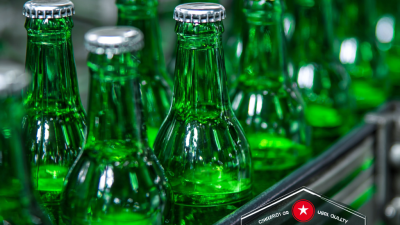
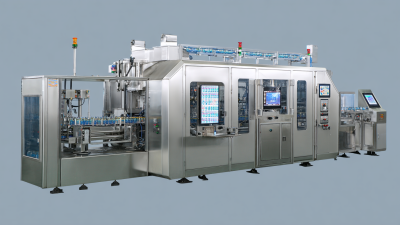
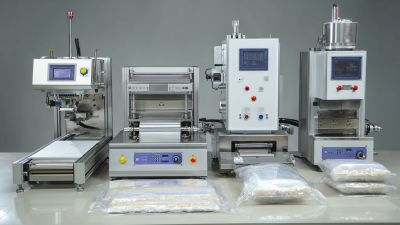

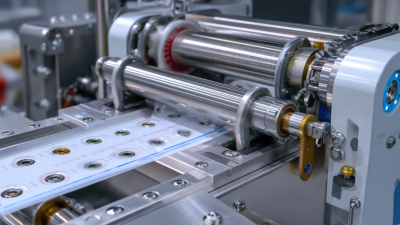
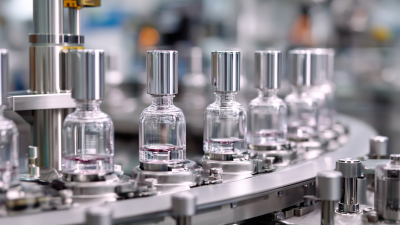
Accutek Packaging Equipment Companies, Inc. stands as one of the premier privately owned packaging machinery manufacturers in the United States.
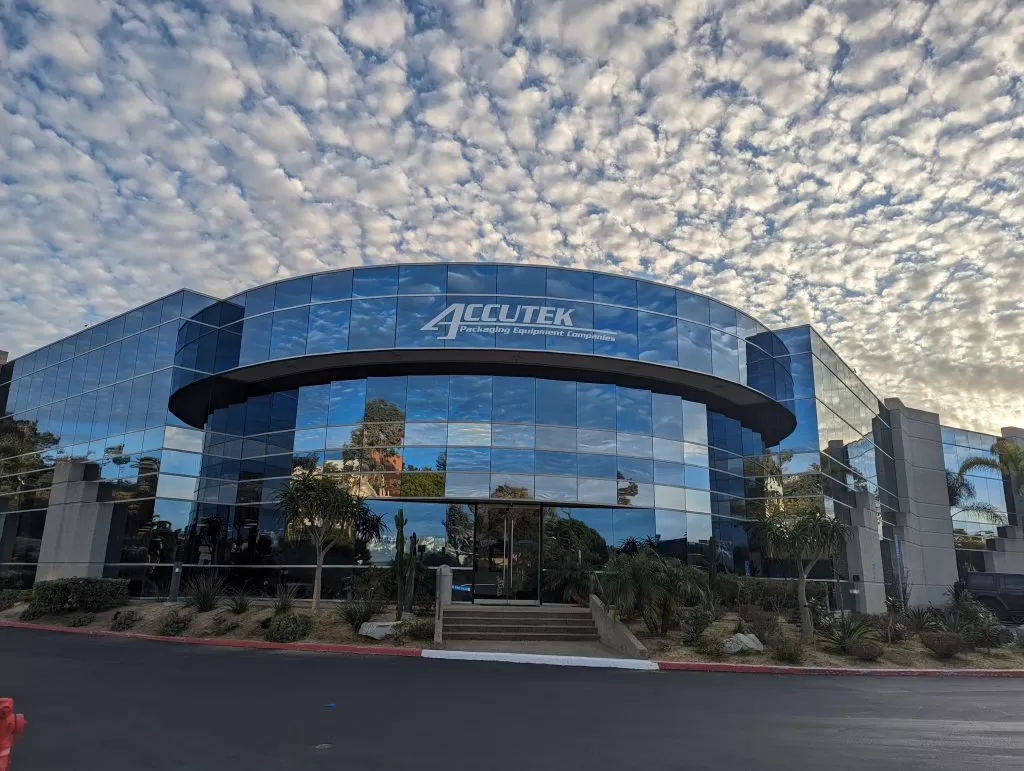
Sign up for all the news about our latest arrivals